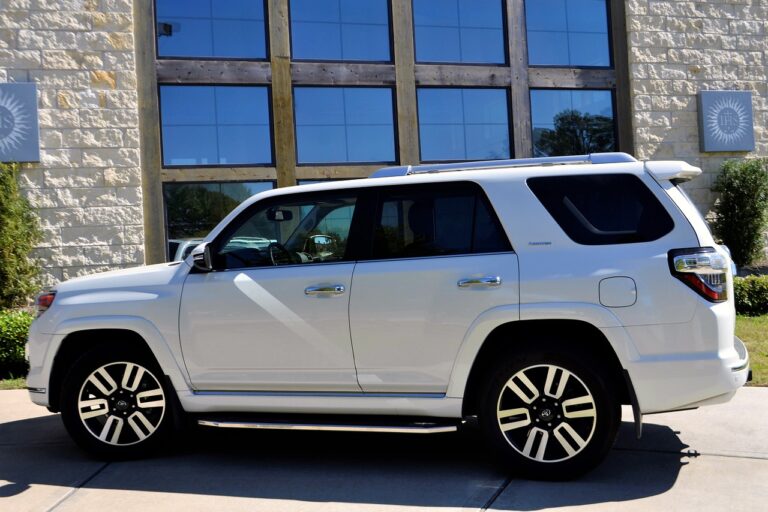Exploring the Impact of Automotive Air Conditioning on Vehicle HVAC System Energy Recovery
11xplay reddy login registration, reddy anna whatsapp number, golden7777:Automotive air conditioning has become a standard feature in most vehicles today, providing drivers and passengers with a comfortable and pleasant driving experience. However, the impact of automotive air conditioning on vehicle HVAC system energy recovery is a topic that is often overlooked.
The HVAC system in a vehicle is responsible for maintaining a comfortable temperature inside the cabin, regardless of the weather outside. This system relies on a complex network of components, including the compressor, evaporator, condenser, and blower motor, to regulate the temperature and airflow. One crucial aspect of the HVAC system is energy recovery, which refers to the ability of the system to capture and reuse waste heat generated during operation.
When it comes to automotive air conditioning, the compressor is the component that consumes the most energy. The compressor is responsible for compressing the refrigerant gas, which causes it to become hot. This hot gas is then sent to the condenser, where it releases heat to the surrounding air before turning back into a liquid. The liquid refrigerant is then sent to the evaporator, where it absorbs heat from the cabin air before cycling back to the compressor.
One of the main challenges in achieving energy recovery in a vehicle HVAC system is the fact that the compressor and evaporator are often located far apart from each other. This distance makes it difficult to capture and reuse the waste heat generated by the compressor efficiently. However, advancements in HVAC system design and technology have led to the development of innovative solutions to overcome this challenge.
One such solution is the use of heat exchangers in the HVAC system. A heat exchanger is a device that allows two fluids at different temperatures to transfer heat between them. By incorporating heat exchangers into the HVAC system, it becomes possible to capture the waste heat generated by the compressor and transfer it to the evaporator, where it can be used to heat the cabin air. This process helps improve the overall energy efficiency of the HVAC system and reduces the amount of energy required to maintain a comfortable temperature inside the vehicle.
Another way to improve energy recovery in a vehicle HVAC system is through the use of dual-mode air conditioning systems. These systems are capable of switching between conventional air conditioning mode and heat pump mode, depending on the temperature requirements inside the cabin. When operating in heat pump mode, the system can extract heat from the outside air and transfer it to the cabin, reducing the need for the compressor to generate heat. This results in significant energy savings and improved efficiency.
In conclusion, automotive air conditioning plays a crucial role in providing comfort and convenience to drivers and passengers. However, it is essential to consider its impact on vehicle HVAC system energy recovery to maximize efficiency and reduce energy consumption. By utilizing innovative technologies such as heat exchangers and dual-mode air conditioning systems, manufacturers can improve energy recovery in vehicle HVAC systems and create a more sustainable driving experience for all.
—
**FAQs**
1. **How does automotive air conditioning affect fuel consumption?**
Automotive air conditioning can have a significant impact on fuel consumption, as the compressor responsible for cooling the cabin requires a considerable amount of energy to operate. By improving energy recovery in the HVAC system, manufacturers can reduce the overall energy consumption of the vehicle and improve fuel efficiency.
2. **Are there any drawbacks to incorporating heat exchangers into vehicle HVAC systems?**
While heat exchangers can improve energy recovery in vehicle HVAC systems, they may also add complexity and cost to the overall system. Manufacturers must carefully consider the trade-offs between energy efficiency and cost when implementing heat exchangers in their vehicles.
3. **How can drivers optimize the use of their vehicle’s air conditioning system to reduce energy consumption?**
Drivers can reduce energy consumption by setting the air conditioning temperature to a comfortable but moderate level, using the system only when necessary, and parking in shaded areas to reduce the need for intense cooling. Regular maintenance of the HVAC system can also help improve efficiency and reduce energy consumption over time.







